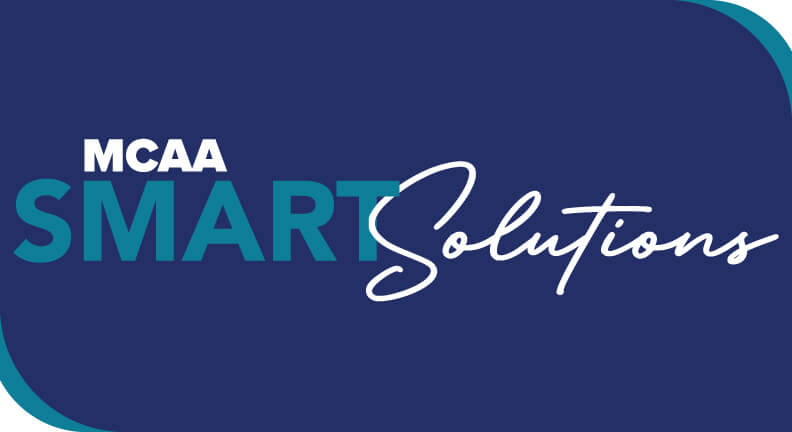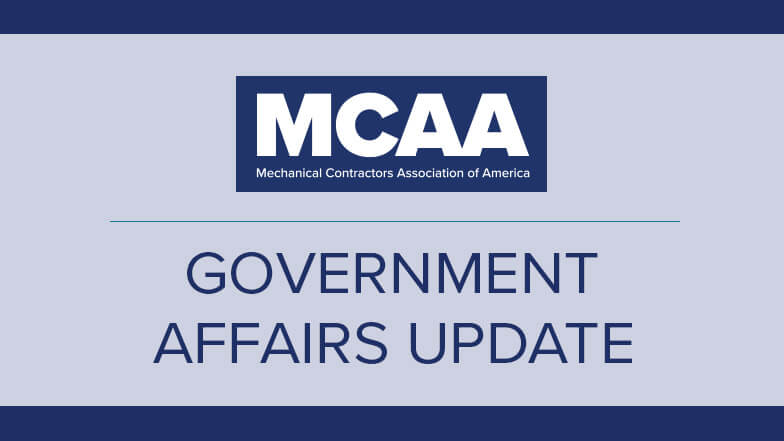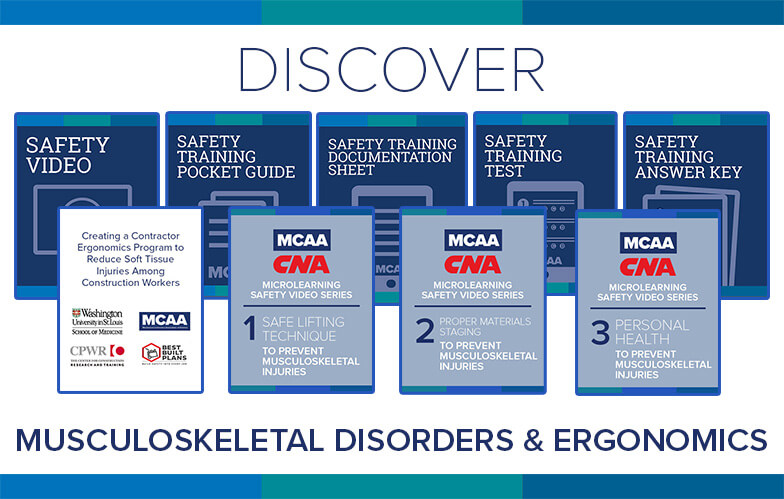
Can I re-apply for a loan if I returned it? – Last week (May 15), the SBA confirmed that a safe harbor exists for borrowers whose loan is less than $2M. The SBA will not question eligibility as all borrowers in this population will be deemed to have made the application in good faith. This was a significant development as many borrowers returned their loans because, while they believed they were eligible, they were uncomfortable with the amount of ambiguity relating to the “eligibility” standards in place and the threat of criminal action. Based on a discussion with a bank this week, we learned that borrowers could re-apply if they returned their original loan and wish to obtain a new one. We recommend discussing with your bank if this applies to you.
How do you treat furloughed employees with respect to loan forgiveness – We have been getting this question quite a bit over the last few weeks: Is a furloughed employee still and employee or considered laid off for purposes of the forgiveness calculation? Why does this matter? It matters because when you calculate forgiveness you start with determining a ratio of FTEs during the covered period to FTEs during a base period (see forgiveness calculation). If a furloughed employee is considered laid off, then they represent a reduction in FTEs which reduces overall forgiveness. If they are considered an employee, you need to consider whether they add to the FTE count (based on hours worked) and whether they also have a “salary reduction in excess of 25% of compensation” if they make less than $100,000 a year annually. The current guidance does not address this directly, but it is something we are monitoring closely because the forgiveness impact is different under each scenario. Regardless, we believe that if an employee is furloughed, and the company is still covering benefits, then those benefits would be includable as a forgivable expense.
Partnerships can increase their PPP loans – On May 14, the SBA issued an interim final rule that confirmed partnerships can increase their PPP loans if their initial loan amount did not include partner compensation. During the application process there was a lot of confusion regarding what constituted “payroll costs.” Partners in partnerships are technically not considered employees and many lenders excluded the income allocated to partners from the payroll cost definition. This resulted in a significant decrease in their loan amount and also left partners out in the cold when it came to getting compensated from the PPP loan proceeds during the covered period. This clarification allows partnerships to go back to their lender and to request an increase in the loan amount, which is a welcome change for many especially since it appears that funds continue to remain available for borrowers.
Reminder Section: (what should I be doing):
- Call your payroll company about claiming the payroll tax deferrals and employee retention credits that were made available in the CARES Act.
- Talk to your payroll company about the Sick Pay Bill (passed prior to the CARE Bill).
- Be in constant communication with your bank (about status of your PPP application).
- Consider speaking with your bank to discuss changes to terms of existing debt facilities. The banking system remains strong.
- If you have already applied for the PPP, start forecasting how you intend to spend the funds and how to qualify for the highest amount of forgiveness possible.




